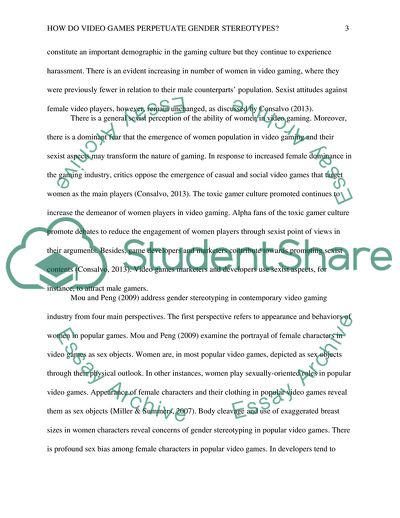Cite this document
(How Video Games Perpetuate Gender Stereotypes Literature review Example | Topics and Well Written Essays - 2000 words, n.d.)
How Video Games Perpetuate Gender Stereotypes Literature review Example | Topics and Well Written Essays - 2000 words. https://studentshare.org/gender-sexual-studies/1855320-how-do-video-games-perpetuate-gender-stereotypes
How Video Games Perpetuate Gender Stereotypes Literature review Example | Topics and Well Written Essays - 2000 words. https://studentshare.org/gender-sexual-studies/1855320-how-do-video-games-perpetuate-gender-stereotypes
(How Video Games Perpetuate Gender Stereotypes Literature Review Example | Topics and Well Written Essays - 2000 Words)
How Video Games Perpetuate Gender Stereotypes Literature Review Example | Topics and Well Written Essays - 2000 Words. https://studentshare.org/gender-sexual-studies/1855320-how-do-video-games-perpetuate-gender-stereotypes.
How Video Games Perpetuate Gender Stereotypes Literature Review Example | Topics and Well Written Essays - 2000 Words. https://studentshare.org/gender-sexual-studies/1855320-how-do-video-games-perpetuate-gender-stereotypes.
“How Video Games Perpetuate Gender Stereotypes Literature Review Example | Topics and Well Written Essays - 2000 Words”. https://studentshare.org/gender-sexual-studies/1855320-how-do-video-games-perpetuate-gender-stereotypes.


